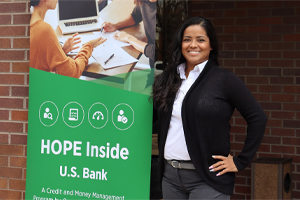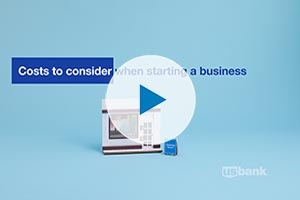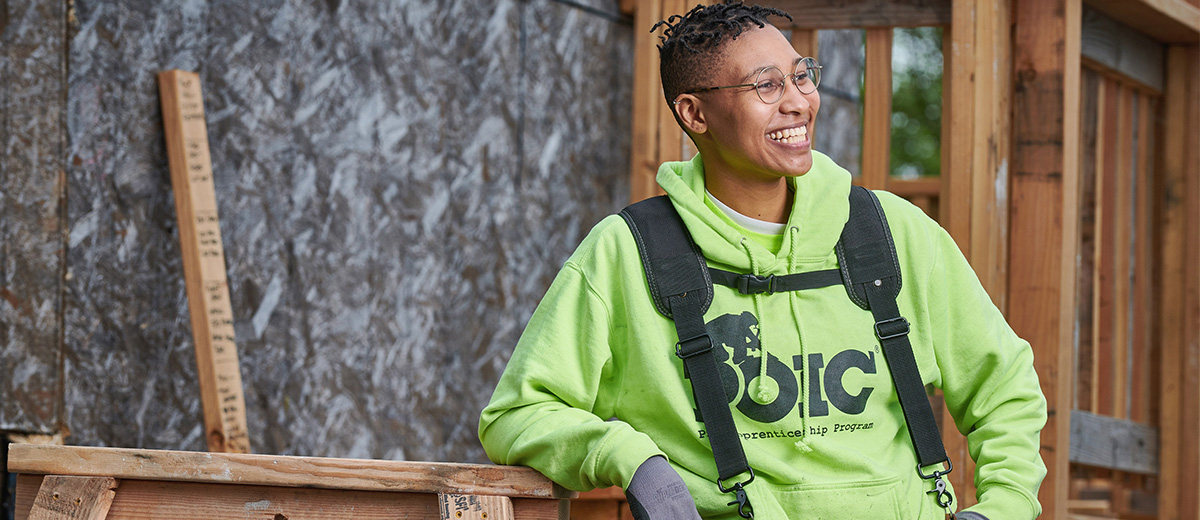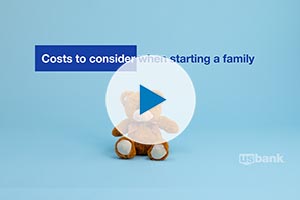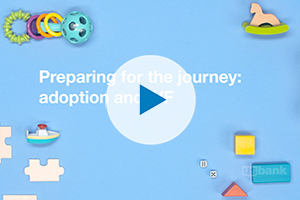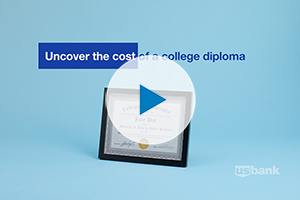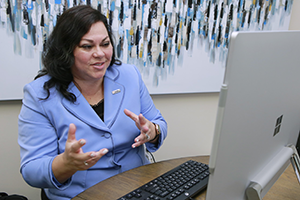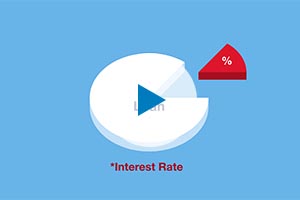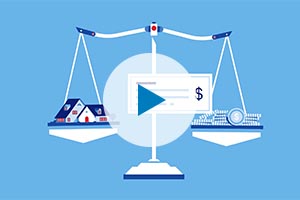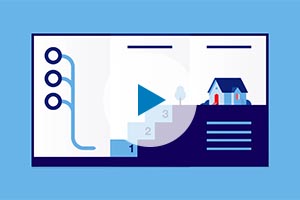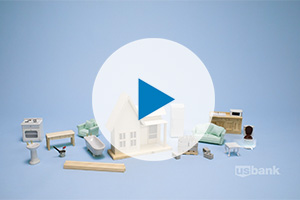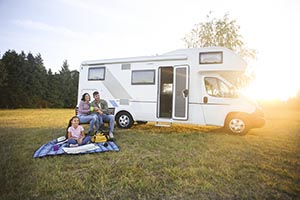Choosing a safe car for your teen is a big milestone but it doesn’t have to be a stressful one. From safety features to financing, find out how to make the shopping experience easier for you and your teen.
Even though car prices have not yet levelled off following a spike due to supply chain issues and increased demand, that doesn’t mean you can’t find a great option out there now.
The time has come: Your child is preparing to get their driver’s license and get behind the wheel of their own vehicle. For many teens, this moment is an eagerly awaited rite of passage, a day they have looked forward to for years.
Parents of teen drivers, on the other hand, are concerned with practical questions surrounding the purchase. Navigating the vehicle options, safety features, ratings and financing options can be more stressful than parallel parking an SUV. But if you shop smart — and safe — you can go a long way toward alleviating stress.
Here we answer some of the most common questions and concerns parents of teen drivers have when shopping for a vehicle for the teen driver in their family.
How can I find a safe vehicle for a young driver?
Many parents have lost sleep worrying about the day their child trades in a learner’s permit for a full license. Thinking about your teen behind the wheel might cause jitters, but there are many robust safety features that come standard in today's cars, and that should help put you at ease. Even used cars are equipped with tried-and-true features like driver- and passenger-side airbags.
To help you make a smart decision about safety check the National Highway Traffic Safety Administration’s safety ratings and crash test results. Limit your search to vehicles with four- or five-star safety ratings. Another great idea is to look at reliability ratings from a trusted source, such as Consumer Reports or J.D. Power and Associates.
New vs used: What are the do’s and don’ts when buying used?
Now that you’re up to speed on the most important safety features of your teen’s vehicle, it’s time to think about what car to buy. And that means asking yourself an important question to start: Should I buy new or used?
For many parents, buying a used car as a first vehicle for their teen driver is the most common option.
What does that mean with the price of used cars remaining high? If you have $10,000 to spend on a car, you can still buy one, but it might be an older car for the same money. There is a silver lining though, if you have a trade in, it might be worth more today and you can factor that into your purchase.
Here are some do’s and don’ts to help ease the stress of the buying process.
- Do consider important safety features: Each state has different requirements regarding safety features, so make sure the used vehicle you’re buying meets the requirements in your state for air bags, seat belts and child safety features.
- Don’t limit your search to one dealership: Whether used or new, a car is a big purchase. When shopping for a used car, in particular, prices can vary greatly based on dealership and region. Put in the time to comparison shop, and you could save some serious money.
- Do ask questions about mileage: Twelve thousand miles per year is generally regarded as average, while 10,000 miles per year (or less) is low and 15,000 miles per year (or more) is high. If the mileage of the car you’re looking at seems alarmingly high or low, ask the dealer if they know why.
- Don’t skip taking the car for a test-drive: Make sure your teen test-drives the car to learn about the safety features and to see how the car handles. As a parent you should also test-drive the car so that you have confidence in the purchase.
- Do get the car checked out: Prevent unexpected surprises by taking the car to a trusted mechanic to get it looked over before you make the purchase. Mechanics will, for a nominal fee, look for potential red flags or upcoming maintenance concerns.
- Don’t be afraid to ask for a vehicle history report: Many dealerships will offer a vehicle history report, but you can also search online using the car’s vehicle identification number. Any accidents the vehicle has been in will show up in the report. Also read up on whether there were any recalls for the model and year in question.
- Do factor in other costs: The monthly payment on the used car is the most important figure to consider, but the costs don’t end there. Factor in dealer add-ons like rust-proofing and extended warranties. Also consider the price of auto insurance — younger drivers often have higher premiums.
- Don’t buy the car without negotiating: You’ve done your research and have a sense of what experts say the used vehicle is worth. Put that information to work for you and negotiate with the dealer toward what you think is a fair price. Just realize that you may not be able to negotiate much on price in this market.
- Do read the contract before signing: Spend time thoroughly reading the contract. Make sure any verbal promises made by the dealer are included in writing. Check for commitments to repair the vehicle before the purchase and details about payments and money down.
Ultimately, don’t be afraid to walk away. If you’re not satisfied with the test drive or the deal being offered, remember that it’s OK to pass on the purchase. Remember, too, that this is a business transaction, so there’s nothing personal in telling the dealer you’re not prepared to sign on the dotted line.
According to Consumer Reports, if you can wait to buy a car, it might be a good idea. With interest rates going up prices may start levelling off soon.
What are the options for financing a vehicle for a young driver?
You've shopped around for a safe vehicle, you’ve decided on the right car, and you’re ready to make the purchase. Now it’s time to decide how to pay for the vehicle. Even if you’re buying a used car, this will be a significant purchase. Research your financing options and determine the best one for you before you settle on a car.
If you choose to finance a car, you may want to stop into a bank and get pre-approved before you visit car lots, that way you know exactly what your buying options are. Although car dealerships are eager to offer in-house financing, it is wise to speak with additional lenders before deciding on the financing option that is right for you.
Other considerations when choosing a financing option include low interest rates, flexible payments and down payment requirements, and for leased cars, mileage caps.
Be prepared when you are ready to apply for a car loan by bringing:
- Proof of address
- Employment history and gross (income before taxes) and monthly income
- Car details including year, make and model
Depending upon the amount you need to finance or the year of the car, a car loan may not be available, and an unsecured personal loan might be a better option.
Picking out a car for your teenager and handing them the keys is an important milestone. It doesn’t have to be a stressful one.
For more information on buying a new vehicle, visit these additional resources to help as you navigate the process. And visit the U.S. Bank Vehicle Marketplace where you can shop for vehicles, calculate payments to see what you can afford, get pre-approved, and locate a dealership.


